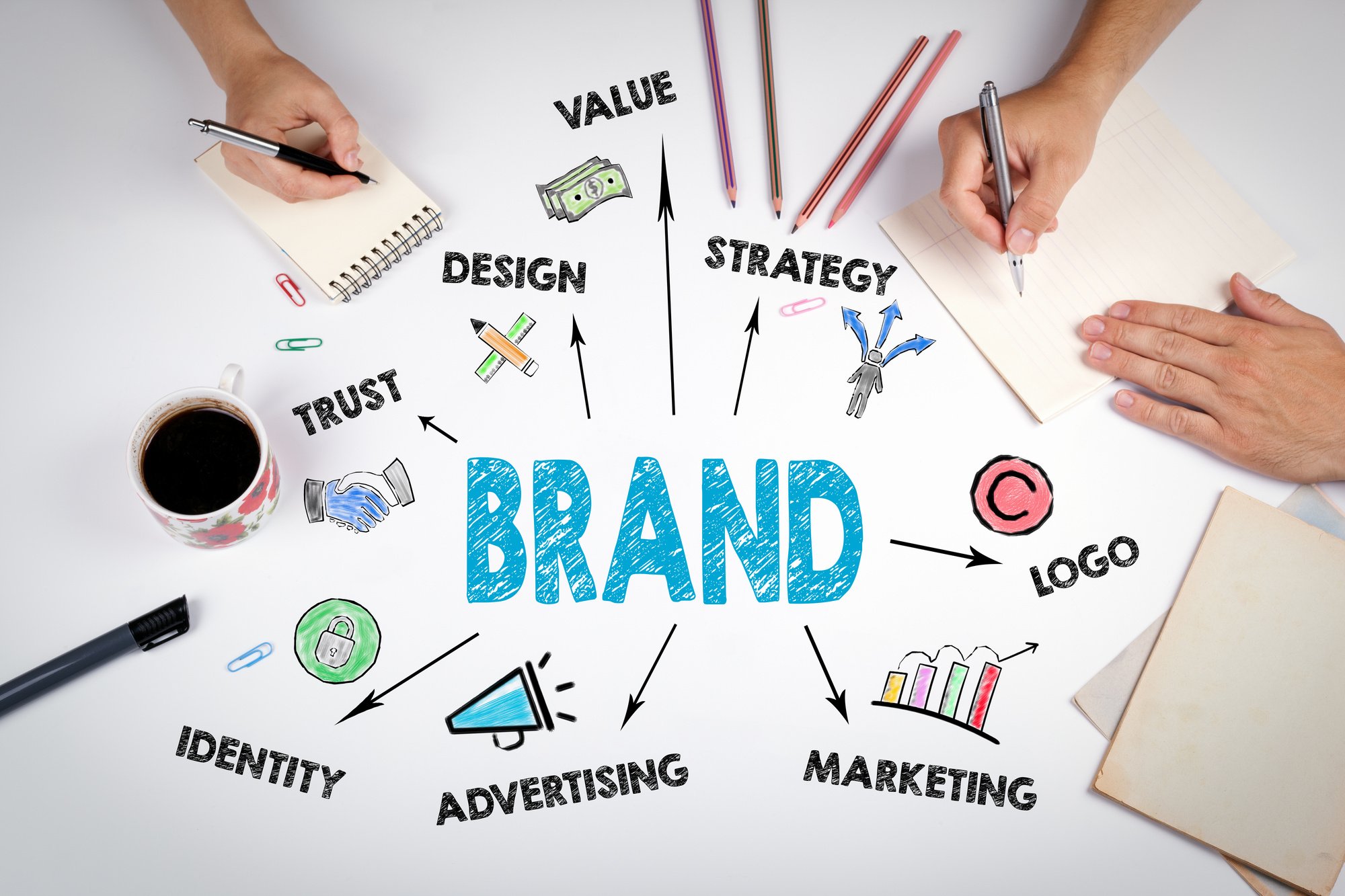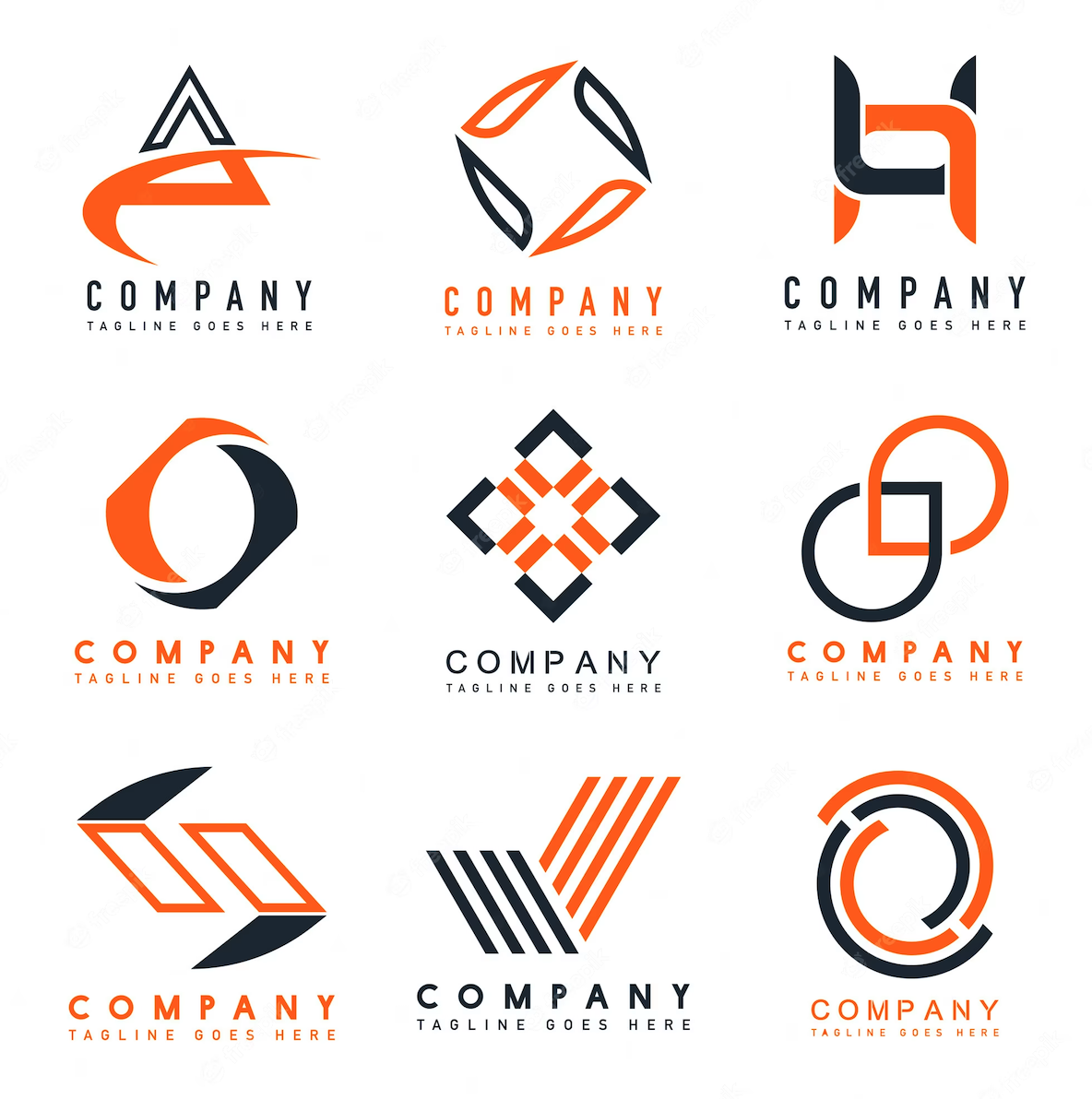Bringing your Brand to Life
In today’s business world, branding is essential for a company’s success. Branding is more than just a logo or a slogan. It is the way customers perceive and remember your business. A well-designed brand will make your company stand out from the competition and create a lasting impression on your target audience. Here is a comprehensive guide on designing a brand that can help take your business to the next level.
Define your brand
The first step in designing a brand is to define your brand. A brand is not just a name, logo, or slogan; it is an identity. Your brand should reflect your company’s mission, values, and personality. Define your target audience and what message you want to convey to them.
Research
Conduct research on your target audience and competitors. This will help you understand what your customers are looking for and how your competitors are meeting their needs. Research will also help you identify your unique selling proposition (USP) and how to differentiate yourself from your competitors.
Brand Strategy
A brand strategy is a roadmap that outlines the direction of your brand. It includes the brand’s purpose, message, and how it will be communicated to your target audience. A brand strategy should include:
Brand positioning: What sets your brand apart from the competition?
Brand messaging: What is the message you want to convey to your target audience?
Brand identity: What are the visual and design elements that will be used to represent your brand?
Brand voice: What is the tone and style of communication that will be used to communicate your brand message?
Identity
Your brand identity is the visual representation of your brand. It includes the logo, color scheme, typography, and other visual elements that will be used to communicate your brand message. The visual elements should reflect your brand strategy and should be designed to appeal to your target audience.
Design your logo
Your logo is the most important element of your brand identity. It is the first thing customers see when they encounter your brand. A well-designed logo should be simple, memorable, and unique. The logo should be designed to reflect your brand’s personality and values.
Define Your Brand
The colors you choose for your brand should reflect your brand personality and values. Colors have an emotional impact on people and can be used to convey different emotions. For example, blue can be used to convey trust and reliability, while red can be used to convey excitement and passion.
Select Typography
Typography is an important element of your brand identity. It includes the fonts used in your logo, website, and other marketing materials. The typography should reflect your brand personality and values. It should be easy to read and should work well in both digital and print media.
Develop your Brand Guidelines
A brand guideline is a document that outlines the visual and design elements that will be used to represent your brand. It includes the logo, color scheme, typography, and other visual elements. A brand guideline should be designed to ensure that your brand is consistently represented across all marketing materials.
Implement
Implement your brand across all marketing materials, including your website, social media profiles, business cards, and other marketing materials. The goal is to ensure that your brand is consistently represented across all touchpoints.
Monitor
Monitor your brand to ensure that it is consistent across all touchpoints. This includes monitoring your social media profiles, website, and other marketing materials. It is important to address any inconsistencies as soon as they are identified.
Your branding says everything about your business. If well-designed, it will help your company stand out from the competition and create a lasting impression on your target audience



